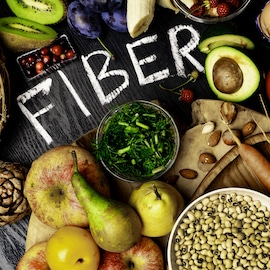
Medical Weight Loss Updates: Part 2 – Fructose
As part of the American Society of Bariatric Physicians medical weight loss update in Orlando this month, one lecturer, Chris Melby, presented a discussion on Fructose metabolism that is very interesting. Is High Fructose Corn Syrup the culprit behind our obesity epidemic? Is it safe? Should we be worried about consuming foods with HFCS?
 As part of the American Society of Bariatric Physicians medical weight loss update in Orlando this month, one lecturer, Chris Melby, presented a discussion on Fructose metabolism that is very interesting. Is High Fructose Corn Syrup the culprit behind our obesity epidemic? Is it safe? Should we be worried about consuming foods with HFCS?
As part of the American Society of Bariatric Physicians medical weight loss update in Orlando this month, one lecturer, Chris Melby, presented a discussion on Fructose metabolism that is very interesting. Is High Fructose Corn Syrup the culprit behind our obesity epidemic? Is it safe? Should we be worried about consuming foods with HFCS?
Fructose vs Glucose: The Problem with High-Fructose Corn Syrup (HFCS)
Table sugar is 50% Glucose, 50% Fructose. HFCS is 45% Glucose, 55% Fructose. Sounds harmless, right? Unfortunately, the low-fat craze and increase in sweetened beverages over the past 30 years resulted in wide-spread addition of HFCS to our foods and drinks.
But these sugars are not treated the same in our livers. Our livers are able to adapt to glucose, and absorb it slowly. Fructose, on the other hand, is rapidly absorbed. This isn’t generally a problem with whole fruit, because fruit is bulky and the amount of fructose in a piece of fruit is small. But in soda or other concentrated forms, the Fructose will interfere with the absorption of fat in the liver.
In normal circumstances, fat is the primary fuel the liver uses to make energy. When high amounts of fructose are present, the fat gets stored in the liver, leading to fatty liver disease and elevations in cholesterol.
Further, when we eat glucose, insulin is stimulated to take up the glucose. This insulin surge is thought to then turn off our appetites. Fructose on the other hand does not stimulate insulin release, so after consuming a lot of fructose, we remain just as hungry.




